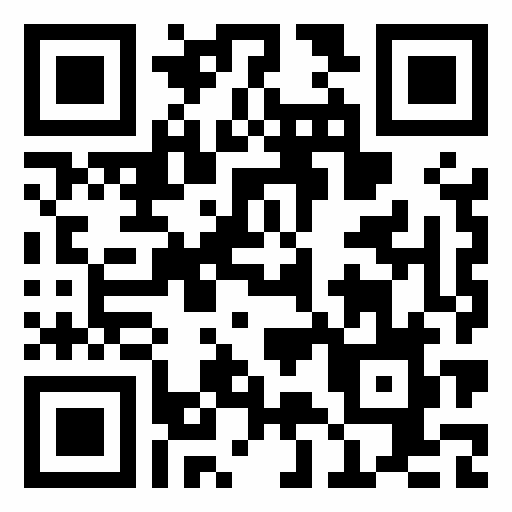Background: Known as one of the most poisonous mycotoxins, ochratoxin A (OTA) currently tops the challenges posed to clinical medicine and food hygiene in the world. OTA is increasingly albeit silently threatening public health and hygiene in all societies. The International Agency for Research on Cancer (IARC) has classified OTA under Group 2B of human carcinogens. The present study was conducted due to the significance of OTA health risks, particularly acute nephrotoxin in humans, and WHO-FAO proposals for a regular monitoring of OTA in rice.
Materials and methods: For this purpose, 220 samples from 10 categories of rice (homegrown and imported) consumed in Mazandaran Province were taken through simple random sampling. The percentage of OTA contamination was measured in ng/g by enzyme-linked immunosorbent assay (ELISA) test. Data analysis was conducted based on eight statistical tests.
Results: The percentage of contamination was measured at 20.45 in domestically grown rice and 13.63 in imported rice. In all samples together, the percentage was 17.73. An average OTA contamination of 3.51% (ng/g) and OTA frequency of 78.6% (ng/g) were detected in all rice samples.The OTA contamination range in all samples varied between unidentifiable levels to 1-10.91 ng/g. In 6% of the samples, OTA concentration of above 5 ng/g was observed. In 21.4% of Iranian rice samples, this concentration was below the limits set by Iran and European Union standards. The level of contamination in both Iranian and imported rice was not seen to exceed the standard 5% level (P>0.05). OTA contamination was significantly different in Iranian and imported rice categories (P<0.05), but the difference in OTA contamination in the Iranian and imported rice was not significant (p>0.05). The level of OTA contamination was diagnosed to be within limits in both Iranian and foreign samples of rice.
Conclusion: The level of OTA contamination in the Iranian rice samples was significantly 0.72% (ng/g) higher than in the imported rice samples. In terms of OTA contamination, no significant difference was seen between the Iranian and imported rice samples.
